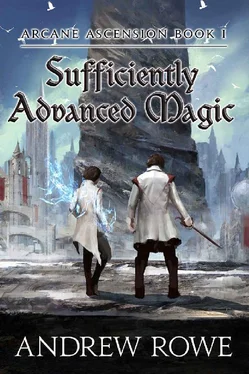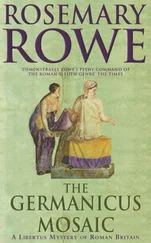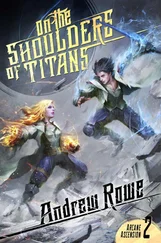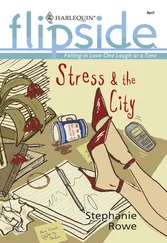I loved hearing about the analogues to our attunements in other cultures. I knew there were similar attunements in other kingdoms, but I didn’t know exactly how close they were. I resolved to pick up a book on the subject sometime in the second semester when I had a bit more free time.
“Next, the Shaper.”
He drew an all-too-familiar symbol representing the attunement I’d always wanted.
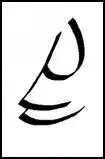
I was starting to work through my bitterness about it. I was actually enjoying learning about enchanting, but there was a part of me that still wondered if I had failed by not earning the attunement my father wanted me to.
“The Shaper’s primary mana type is earth, and their secondary type is transference. While they are best known for being able to manipulate existing spells and reshape mana, this is not actually their unique capability. It is merely a consequence of their capable use of transference mana. Instead, their unique ability is to spontaneously construct and manipulate objects made out of mana.”
“While attunements from other kingdoms with earth mana can create solid objects, they lack the Shaper’s flexibility to create, move, and reshape such an object instantly. Since Shapers practice this process so frequently, they are also generally the best at reshaping and altering other spells by using their transference mana. This makes Shapers devastating in mage against mage combat.”
The professor continued with another drawing.

“Next, the Shadow. They are the only local attunement capable of using umbral mana — more commonly just called ‘shadow mana’. This is used for concealment, as well as dampening the senses of others. Their secondary mana type is enhancement, which they use in conjunction with their umbral mana to enhance their physical characteristics and senses. This unique pairing of mana types allows the Shadow to create solid illusions, making the Shadow more dangerous than most illusion-focused attunements.”
He turned back toward the class. “It’s worth being aware that a good deal of our testing at this school requires illusions. While most of these are made by Shadows, we also employ a number of Illusionists. Illusionists are Dalenos’ answer to our Shadows. They are capable of creating much more sophisticated effects. For example, they are much better at concealing wide areas of terrain.”
“Edria and Caelford have attunements that alter the mind, rather than simply creating visible images. Edrian Mesmers can alter emotions and perceptions. They often use this to lure others into trusting them. They are also capable of making others ignore their presence by tricking our minds into believing they are a harmless part of the background.”
Conway took a breath. “Caelford’s equivalents are Controllers. We have a few Controllers on campus for specific tests. Controllers typically can only affect one person at a time, but they are capable of directly influencing someone else’s behavior. For this reason, Controllers are commonly employed for trials and interrogation. In your second year, you will work with Controllers to learn how to resist magical compulsion.”
That sounded like an interesting exercise… and an attunement I never wanted to go up against.
Conway drew another symbol.
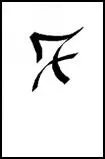
“Menders are perhaps the best known of all of Valia’s attuned. Their primary mana type is life, but it is their secondary mana type — earth — that helps distinguish them from other healing attuned. While there are several attunements that can heal flesh and muscle, only Menders have the combination of mana types necessary to heal broken bones. The ability to treat broken bones makes Menders popular all over Kaldwyn. In the Six Years War, Menders wore unique uniforms that allowed them to traverse battlefields unharmed, offering succor to both sides.”
I’d be shocked if no one ever used a Mender uniform to infiltrate enemy lines. Interesting.
Professor Conway drew the next symbol.
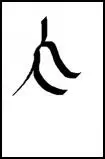
It might have been my imagination, but it looked like his hand was trembling. “Summoners. Among the most unusual of attunements. They utilize air and transference mana as means for transportation-focused magic. While this can be used to summon creatures, their name is somewhat misleading, as there are other attunements that are capable of moving creatures from place to place.”
“Their ability is to form lasting bonds with monsters, which provide the Summoner with unique capabilities — including the ability to conjure copies of that monster that follow their commands. These bonds extract a toll on the Summoner, however. Every bond the Summoner maintains takes up a portion of the Summoner’s mana supply, leaving that mana unavailable while the bond is retained.”
I followed the explanation with little trouble. I knew most of it already, but it was interesting to hear Conway’s perspective.
He drew the most interesting rune — my own — last.

“Enchanters are the foundation of our technological progress. Their primary mana type is transference, followed by mental mana. They are able to use this combination to transfer mana into and out of objects, something no other attunement is capable of doing directly. There are other attunements with similar functions, but none with the flexibility to manipulate any form of mana into an item. Thus, they are perhaps the single greatest reason that Valia continues to rival much larger kingdoms, such as Edria and Dalenos, as a military power. Every citizen in our kingdom benefits from enchantments, from the environmental barrier over our city to rain-producing rods on our farmlands.”
That… actually sounded pretty amazing.
I left that day’s class feeling better about my attunement than I ever had, and more motivated than ever to get some real enchanting work done.
It was time to finally put some time and effort into learning how to be an Enchanter.
* * *
By the end of the ninth week of classes, each of my walls, my roof, and my ceiling had a protection enchantment. The metal chain on the door had another protection enchantment.
I couldn’t have possibly afforded the materials for that many enchantments, but I didn’t have to. I had the requisite types of mana to charge the runes myself. I still wasn’t comfortable using my mental mana, but I’d gotten more used to converting the mana in my hand into a usable form. That was slow and inefficient, so I used a couple mana crystals to speed up the process. All in all, it cost me about eight coins to finish warding the room. Not a bad deal.
The types of enchantments I could do on my own were pretty limited. I was only capable of converting my mana into the types my body already naturally used. If I wanted to convert mana from my hand into mental mana, I’d focus on the mana in my hand and “command” it to change into the type of mana I already had in my head. It was pretty awkward at first, but I acclimated to it over time.
Читать дальше
